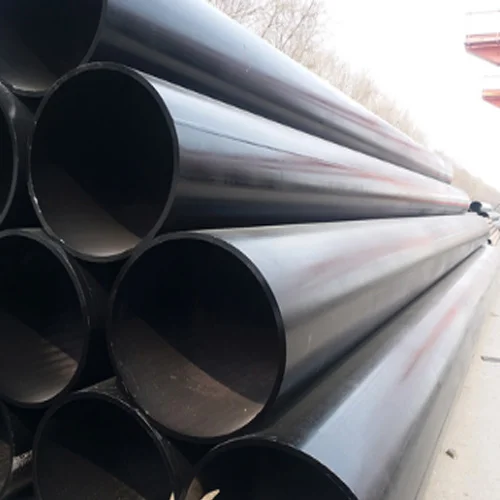Welcome to My Blog!
Before we dive into the content, I’d love for you to join me on my social media platforms where I share more insights, engage with the community, and post updates. Here’s how you can connect with me:
Facebook:https://www.facebook.com/profile.php?id=61559060896490
Now, let’s get started on our journey together. I hope you find the content here insightful, engaging, and valuable.
Table of Contents
Introduction
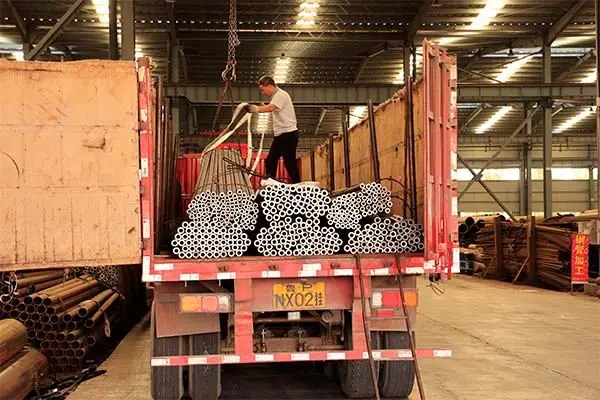
Cutting stainless steel pipe can seem like a daunting task, especially if you’re unfamiliar with the best methods or tools. Whether you’re working on a DIY project or managing an industrial setup, understanding the right techniques can make a significant difference in achieving clean, precise cuts. In this blog, we will provide you with expert tips on how to cut stainless steel pipe effectively, ensuring the best results without compromising safety or efficiency.
Why is it Important to Know How to Cut Stainless Steel Pipe?
Stainless steel pipe is known for its durability, strength, and resistance to corrosion, making it a popular choice for many industrial applications. However, its tough nature can present challenges when cutting. Improper techniques can lead to jagged edges, inefficient cuts, or damage to your tools. By following the right steps and using the proper equipment, you can ensure that your cuts are accurate, smooth, and professional.
Key Tools for Cutting Stainless Steel Pipe
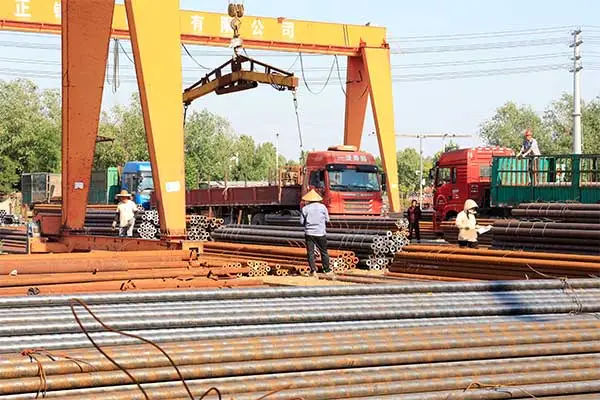
Choosing the right tool is crucial when learning how to cut stainless steel pipe. Different tools offer different advantages depending on the thickness of the pipe and the complexity of the cut. Here’s a look at some of the most commonly used tools:
Pipe Cutter
A pipe cutter is one of the simplest and most efficient tools for cutting stainless steel pipe. It’s ideal for smaller pipes, allowing you to make clean, straight cuts with ease. Most pipe cutters are designed for light to medium-duty tasks and are perfect for DIY projects or residential plumbing work.
Saw (Band Saw or Chop Saw)
For larger diameter pipes, using a saw such as a band saw or a chop saw can be much more efficient. These saws use a rotating blade to cut through stainless steel pipe, making them ideal for larger industrial setups. A chop saw is generally faster, while a band saw provides greater accuracy and less material wastage.
Angle Grinder
An angle grinder is another tool that can be used for cutting stainless steel pipes. While it can provide faster results, it’s crucial to ensure that the blade is suitable for cutting metal, and you should be aware of the heat generated during the cutting process.
Laser Cutting Machine
For highly precise cuts, a laser cutting machine offers exceptional accuracy, especially for thick stainless steel pipes. Though more expensive, this option is ideal for large-scale industrial projects where precision is a key factor.
Reciprocating Saw (Sawzall)
A reciprocating saw, also known as a Sawzall, is useful for cutting through stainless steel pipes in tight spaces. It’s best for smaller projects and those requiring quick, rough cuts rather than perfectly smooth edges.
Step-by-Step Guide on How to Cut Stainless Steel Pipe
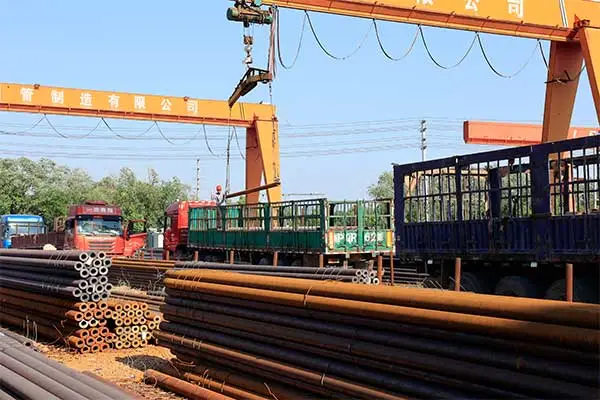
Cutting stainless steel pipe requires precision, attention to detail, and the right techniques. Below is a step-by-step guide on how to cut stainless steel pipe efficiently using the best methods:
Prepare Your Work Area
Before cutting, ensure your work area is clear of any obstacles and properly lit. This will help you maintain control and focus while cutting the pipe. Set up your tools on a stable work surface, and wear protective equipment such as gloves, goggles, and hearing protection.
Measure and Mark the Pipe
Accurate measurements are essential for ensuring your cut is precise. Use a measuring tape to mark the exact location where the cut needs to be made. A fine-tipped marker or chalk will help you draw a clear line around the pipe to guide your cutting tool.
Secure the Pipe in Place
Once you’ve marked the pipe, securely clamp it in place to avoid any movement during cutting. Using a pipe clamp or a vice will keep the pipe steady, ensuring that the cut is straight and accurate.
Make the Cut
Using the appropriate cutting tool, start making the cut along the marked line. Take your time and allow the tool to do the work. Avoid rushing, as this can lead to uneven cuts or tool damage.
Finish the Cut
Once the pipe is cut through, use a deburring tool or a file to smooth the edges and remove any rough spots. This will ensure the pipe is safe to handle and ready for further use.
Common Mistakes to Avoid When Cutting Stainless Steel Pipe
Cutting stainless steel pipe can be tricky, and there are several common mistakes you should avoid to ensure the best outcome:
- Using the wrong blade: Always ensure your cutting tool is equipped with a blade designed for stainless steel.
- Not wearing protective gear: Safety should always come first. Always wear the proper safety equipment to prevent injury.
- Cutting too quickly: Rushing through the cut can cause uneven edges or damage to the pipe.
- Not securing the pipe: Failing to properly secure the pipe can lead to inaccurate cuts or accidents.
Table: Comparison of Common Stainless Steel Pipe Cutting Tools
| Tool | Ideal For | Advantages | Disadvantages |
|---|---|---|---|
| Pipe Cutter | Small to medium pipes | Clean, straight cuts; easy to use | Limited for larger pipes |
| Chop Saw | Large pipes | Fast and efficient; great for heavy-duty tasks | Can produce rough edges |
| Band Saw | Thick stainless steel | Precise cuts; less heat buildup | Slower than chop saws |
| Angle Grinder | General cutting | Versatile and fast | Can generate excessive heat |
| Reciprocating Saw | Tight spaces | Easy to use in confined areas | Less accurate; rough finish |
Conclusion
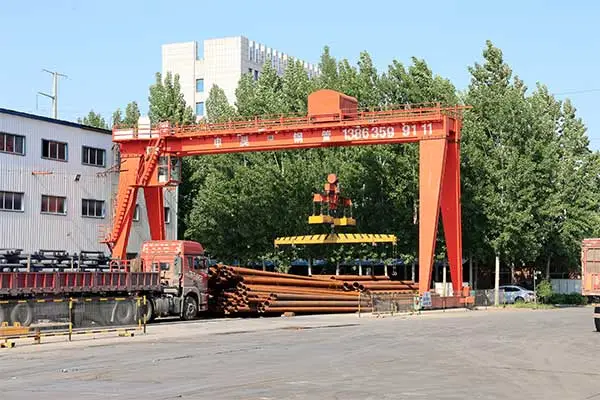
Cutting stainless steel pipe doesn’t have to be a complicated task. By selecting the right tools and following the correct techniques, you can ensure that your cuts are accurate and clean. Whether you’re working on a DIY project or handling industrial-grade materials, knowing how to cut stainless steel pipe is an essential skill.
Ready to get started? Explore our collection of high-quality cutting tools designed to make your projects smoother and more efficient. Find the perfect tool today and take your work to the next level!
What’s the best tool for cutting thick stainless steel pipe?
For cutting thick stainless steel pipes, a band saw or chop saw is generally the most effective tool. These saws can handle thicker materials with greater precision.
Can a regular hacksaw cut stainless steel pipe?
While a regular hacksaw can cut stainless steel pipe, it may take significantly longer and produce rougher cuts. It’s better to use a specialized tool, such as a pipe cutter or angle grinder, for a smoother result.
How do I prevent heat buildup when cutting stainless steel pipe?
To prevent heat buildup, use a slower cutting speed and make sure the tool is equipped with a cooling mechanism. Regularly pausing during the cut can also help reduce the heat generated by the friction.
How can I ensure a smooth finish on my stainless steel pipe cut?
After making the cut, use a deburring tool or metal file to smooth out any rough edges. This will help create a clean and professional finish.
Can I cut stainless steel pipe without power tools?
Yes, while power tools like pipe cutters, angle grinders, and saws provide faster and more efficient results, manual tools such as a hacksaw can still be used for cutting stainless steel pipe, though it may take more time and effort.




